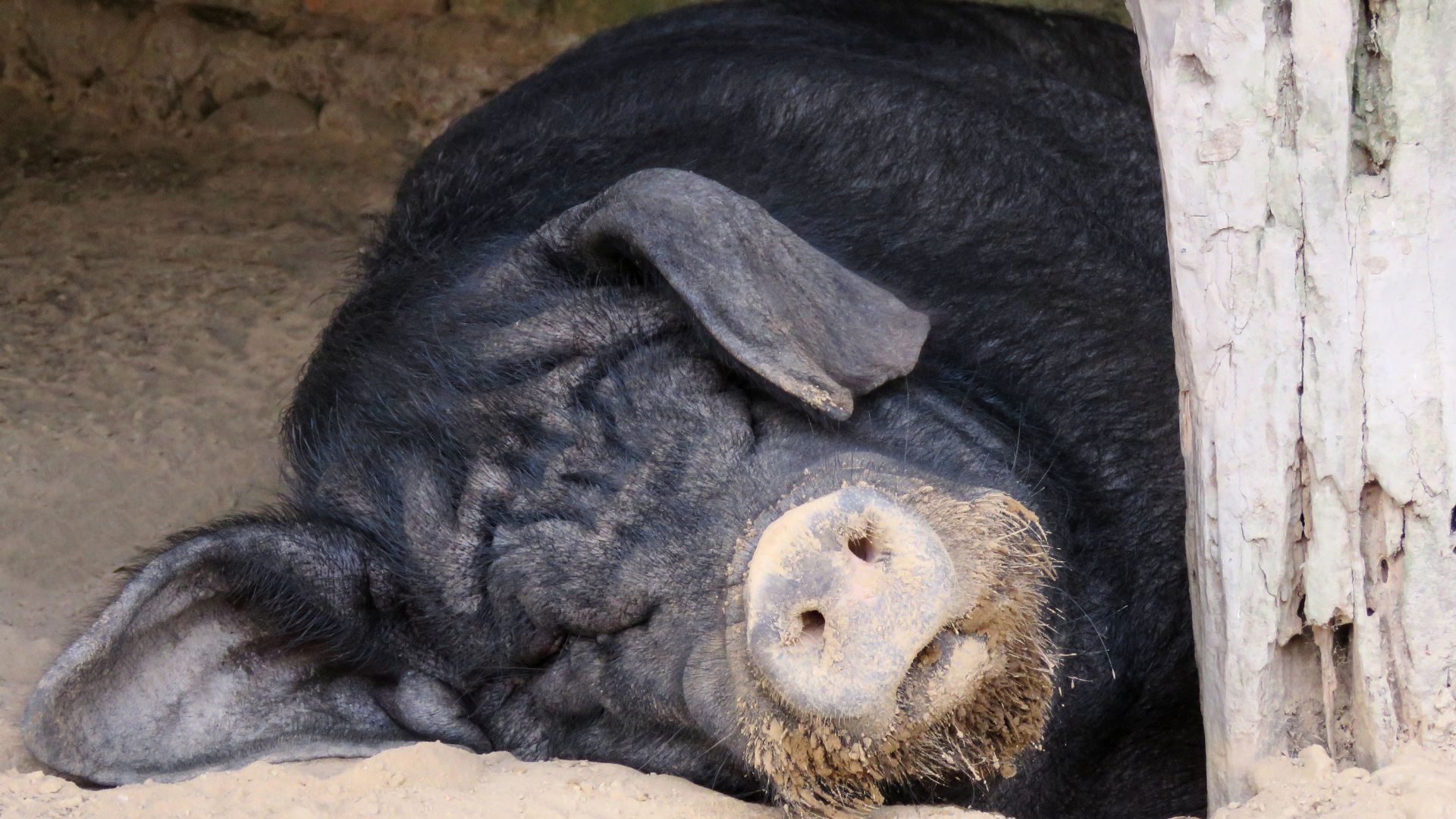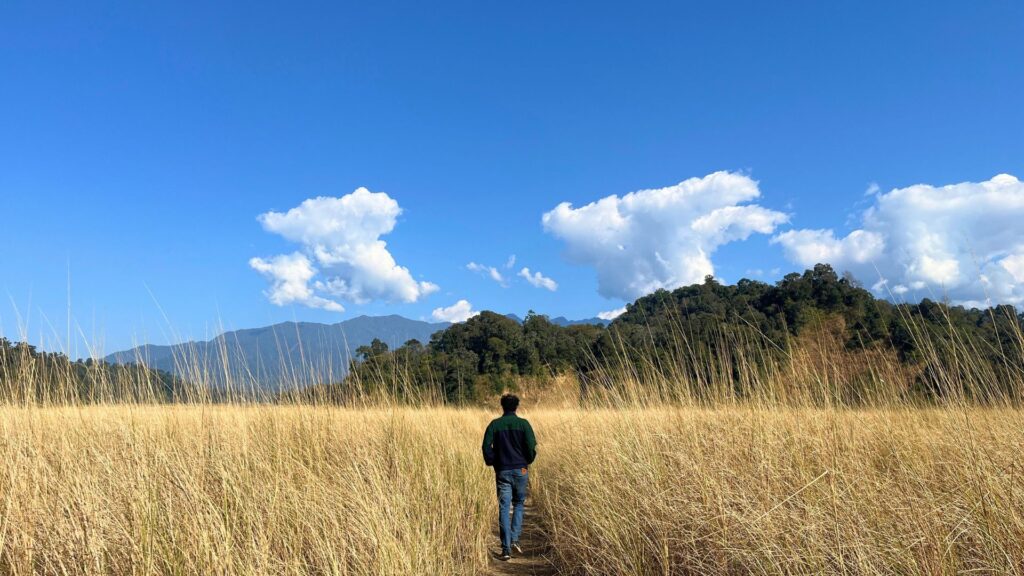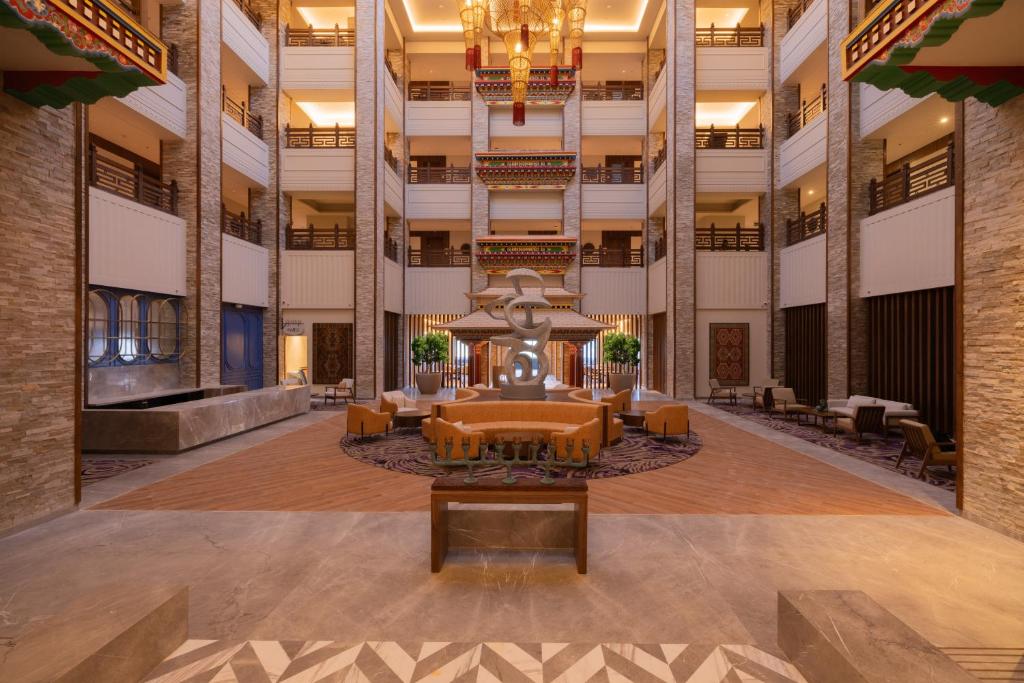Introduction
Arunachal Pradesh, once known as the North East Frontier Agency (NEFA), is a land of unparalleled potential. Often referred to as the ‘Land of the Dawn-Lit Mountains’, this enchanting region is renowned for its lush forests, vibrant wildlife, and an incredible mosaic of cultures that have coexisted with nature for generations. Emerging as a must-visit destination in India’s tourism landscape, Arunachal Pradesh has gained national and international attention for its sustainable tourism development. Here’s why we believe Arunachal Pradesh is becoming an unmissable chapter in Indian tourism:
I. TOURISM OPPORTUNITIES
Unrivalled ecological beauty of Arunachal Pradesh



Unique contiguous Ecosystems or Biomes in the region









Rich Cultural Heritage





Development of Niche Tourism opportunities:










C. Adventure Tourism: For those who love the outdoors and the wilderness, Arunachal Pradesh presents an array of thrilling activities. The state’s rugged terrain is ideal for trekking for every level, with popular routes such as the Tawang to Bumla Pass and the Siang Valley trek to the more challenging treks such as the Gorichen Peak trek. For cultural enthusiasts, the Thembang Trek weaves through ancient monasteries. The Seven Lake Trek in Dibang Valley is a test of skill, offering breathtaking views of alpine lakes.
Arunachal Pradesh’s snow fed river systems provide excellent opportunities for river rafting, attracting adventure seekers from around the globe. The five major rivers viz Kameng, Subansiri, Siang, Lohit and Tirap divide the State into five major valleys with stunning sceneries to witness from the river’s perspective. White water river rafting on the Siang and Subansiri river promises an adrenaline rush with its Grade III and IV rapids. For gentler water based activities, the Lohit River, with its clear waters and moderate rapids, offers an exciting kayaking experience. These rivers are also a haven for anglers with its variety of fish species and pesca-tourism has its own special place in the state.
The state’s diverse topography also makes it an ideal location for other adventure activities like mountaineering, paragliding, and mountain biking, catering to the growing demand for adventure tourism. As the state continues to develop its tourism infrastructure, it promises to be a premier destination for those seeking adventure in its purest form.







D. Border tourism: Sharing over 1800 kilometres with Bhutan, Tibet, China and Myanmar, border regions often suffer from economic underdevelopment due to their peripheral location. There has been a reopening of border haats to support local traders. Under the Vibrant Villages Programme, India and the Arunachal Pradesh government has prioritised the development of villages bordering the Line of Actual Control (LAC) as tourism hubs to uplift border economies and curb rural-urban youth migrations. This is also a strategic intervention, made possible through civil-military partnerships, to make remote border villages accessible not only to military but also to tourists. This will not only ensure increased tourist spending and revitalization of economies, but also promote cross-cultural exchange.



II. FACTORS AIDING THE GROWTH OF TOURISM IN THE STATE:




III. CONTRIBUTING POSITIVELY TO ARUNACHAL PRADESH’S GROWING TOURISM
“There are … specialised niches in our tribal heritage that may be erased forever if change is not assessed and negotiated carefully”
- Mamang Dai (Novelist/Journalist from Arunachal Pradesh) Tweet




